How to Publish an Anthology
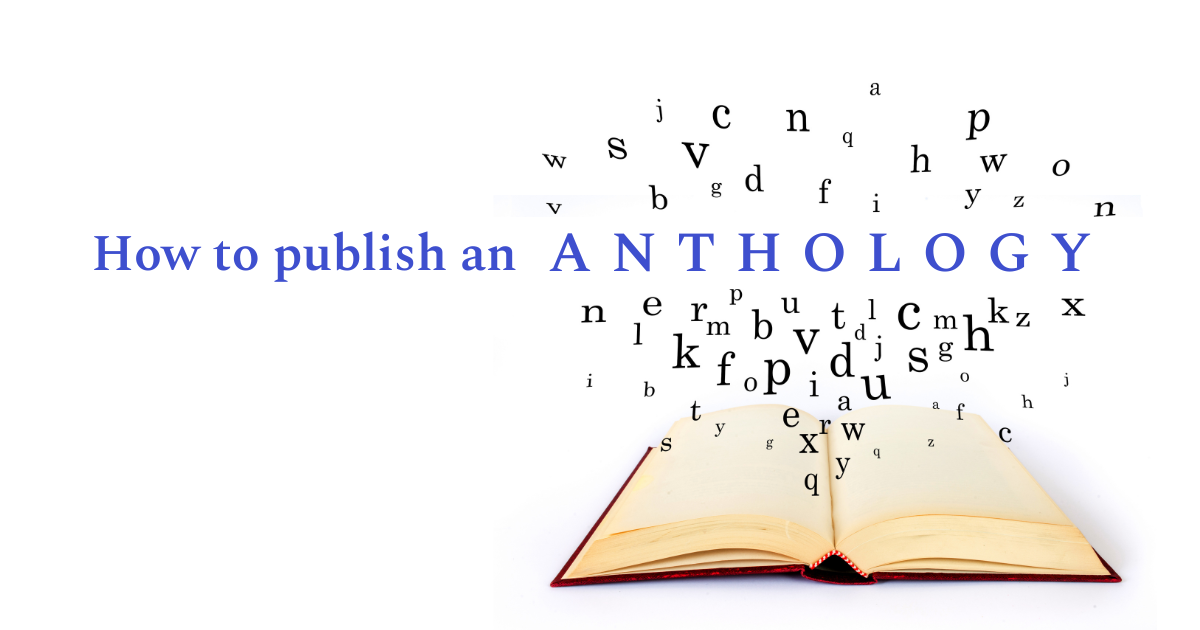
There are several reasons why writers and publishers consider anthologies. Writing and publishing an anthology offers numerous benefits to authors, various institutions, and publishing houses alike. Writers enjoy increased visibility and valuable experience, while organizations benefit from heightened awareness and additional funding. Publishers, on the other hand, profit financially and have the chance to discover emerging talent.
These are just part of the reasons why many emphasize the importance of collaboration in book publishing. But those looking into how to create an anthology should also consider the reduced workload by involving other contributing writers and take advantage of their communities in combined marketing efforts.
This write-up goes over:
Before looking into how to write an anthology, anthology publishers, and anthology examples, we should go over the definition of an anthology.
What Is an Anthology?
An anthology is a collection of literary works, such as poems, short stories, or essays, often selected based on a specific genre, theme, or period and compiled into a single volume. There are two main ways on how to write an anthology:
- By writing an anthology collection with your own essays, short stories, or poems.
- By writing a multi-author anthology: writers with similar stories or themes come together to publish an accessible volume for the modern reader.
Why Are Anthologies Popular?
With the anthology's meaning established, you should also know why they are so popular among authors.
This type of compilation not only celebrates creativity and expression but also serves as a valuable resource for readers and writers.
Short texts fit well into our 21st-century reading habits, where readers get thought-provoking endings fast.
What is the trend in publishing short story collections?
How many stories are in an anthology? It depends entirely on the editor.
Literary fiction genres like science fiction, mystery fiction, and horror offer the ideal setup for short-story collections. These stories do not necessarily need a long build-up, just a swift ending with a kick. Anthologies within these genres continue to perform well with audiences.
Relatively newcomers to anthologies are Fantasy and Romance collections and their lovechild Paranormal Romance anthologies.
With the time and effort parents and educators put into getting young people to love reading, no wonder YA anthologies are the new up-and-comers. Don't forget them when you are reviewing what's hot. They say that this is because anthologies give opportunities for diverse voices that are not readily available for teenagers in other mainstream reading platforms.
What are the benefits of publishing an anthology?
There are several advantages of publishing an anthology with other writers. Here are some:
- Produce more content with less work: Even though collecting stories from other authors, editing, and formatting them might be a lot of work, authors will be listed as both editors and authors without having to produce a novel on their own. Yes, less word count.
- Combine marketing efforts: Partnering with other authors means they will all promote the collection. This way, authors can tap into each other's audiences without much effort.
- Reach new readers: Reach a target audience that might have yet to find your particular subgenre. As many anthologies center around a broader topic, theme, or genre (like Science Fiction or Fantasy), readers with a specific taste might find your stories and realize they've discovered a new subgenre they love. And then start spreading the word into their respective circles of friends.
- Boost reputation: Popular authors can help lesser-known authors get a great introduction to the world of book publishing. They can start their next networking event by saying: "Oh, I was in a collection with that famous author who penned the saga about the winged wizard," and immediately get some interested listeners for their pitch.
How to Publish an Anthology
When choosing to publish an anthology, you can go two ways: traditional publishing or self-publishing.
A. Traditional publishing
When planning to publish an anthology with a traditional publisher, there are several key factors to consider:
- Finding a publisher experienced in producing anthologies will ensure a smooth and successful process, as they can guide you through the necessary steps and help you avoid potential pitfalls.
- An eye-catching cover design is crucial in attracting readers and setting the right tone for the compilation. A skilled graphic designer will ensure your anthology stands out visually.
- Understanding how to write an anthology involves carefully selecting and organizing the included works to create a cohesive and engaging narrative. This requires a firm editorial hand and a clear vision of the anthology's theme or purpose.
- Crafting an evocative and memorable title for the anthology is essential in capturing the attention of potential readers and effectively conveying the essence of the collection.
Here are some of the publishers you should check out:
1. LMBPN Publishing
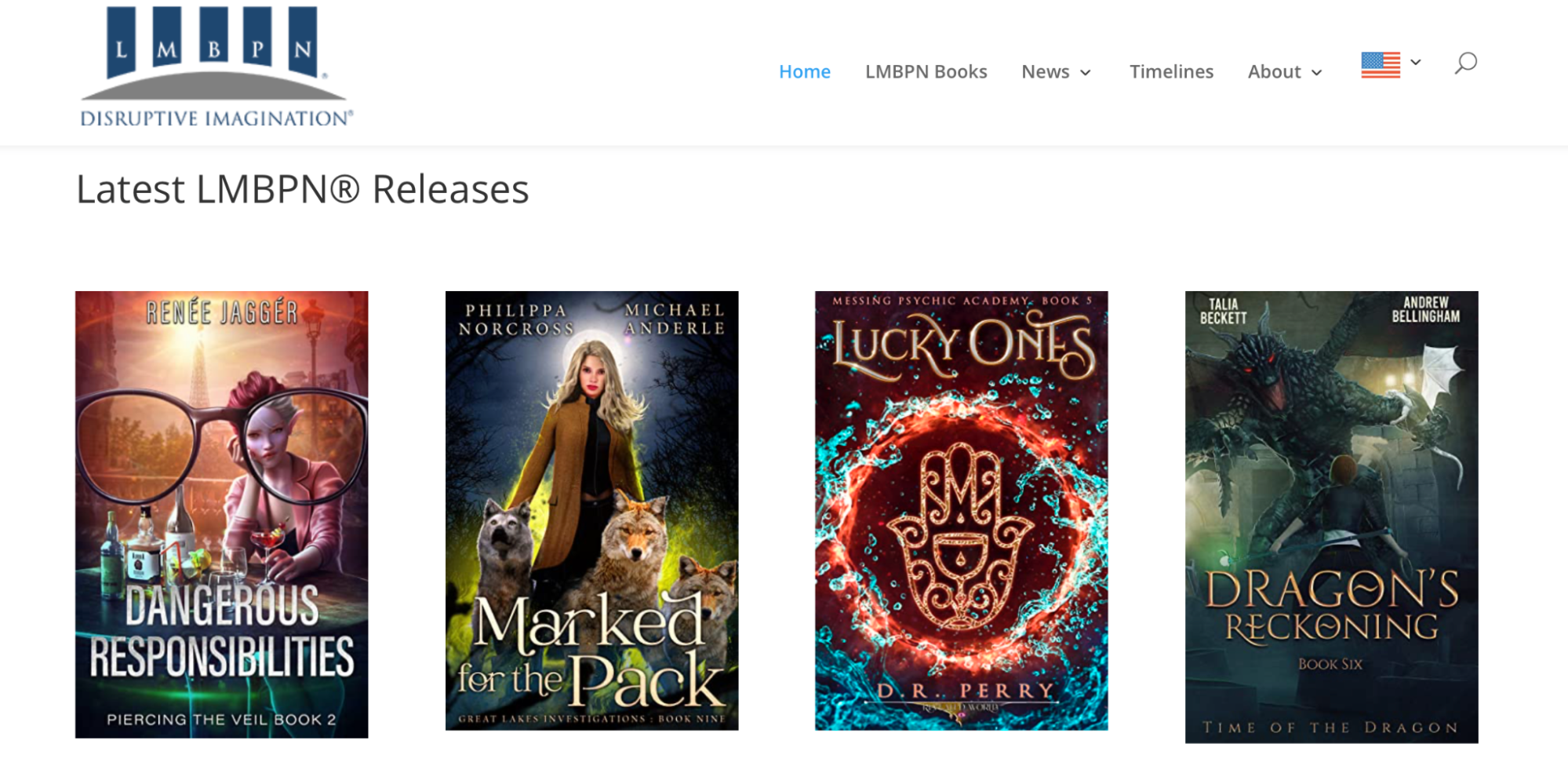
LMBPN is a publishing house that started from wanting to see what if an author merged Paranormal and Science Fiction. The first book was released by Michael Anderle, CEO of LMBPN, Death Becomes Her, in 2015. By 2018, this publishing house had over 180 titles published, including Kurtherian, Oriceran, Protected by the Damned, and other fictional universes, attaining bestseller status on multiple occasions in multiple competitive genres.
2. Scout Press Books
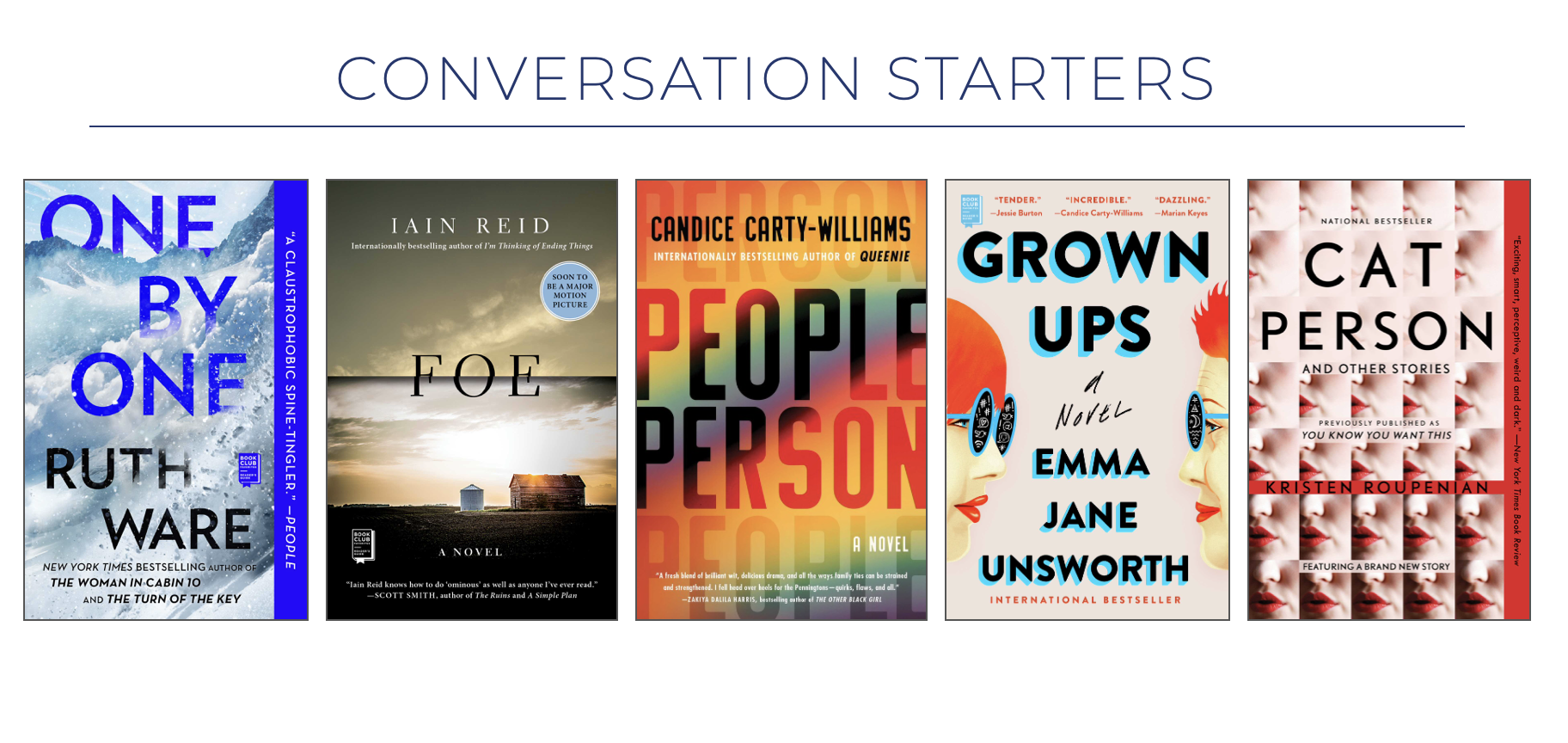
Scout Press is committed to discovering contemporary storytellers. They focus on publishing ambitious, conversation-starting novelists who push the boundaries of modern fiction while creating books that withstand the test of time. As a scout, it is always at the forefront, anticipating what lies ahead and what comes next.
3. Autumn House Press
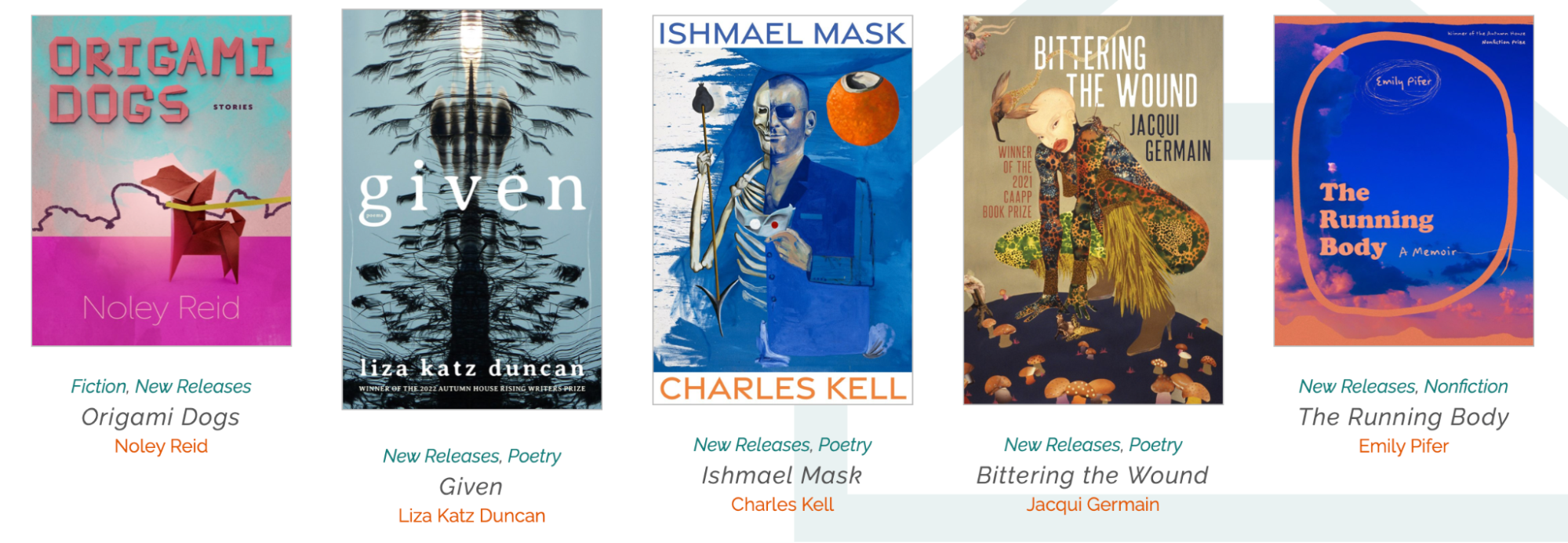
Autumn House Press focuses on publishing the works of outstanding contemporary authors who have garnered a following among readers but have been overlooked by mainstream publishers. Submissions are open for a series of literary prizes. Participation requires a $30 reading fee.
4. Coffee House Press
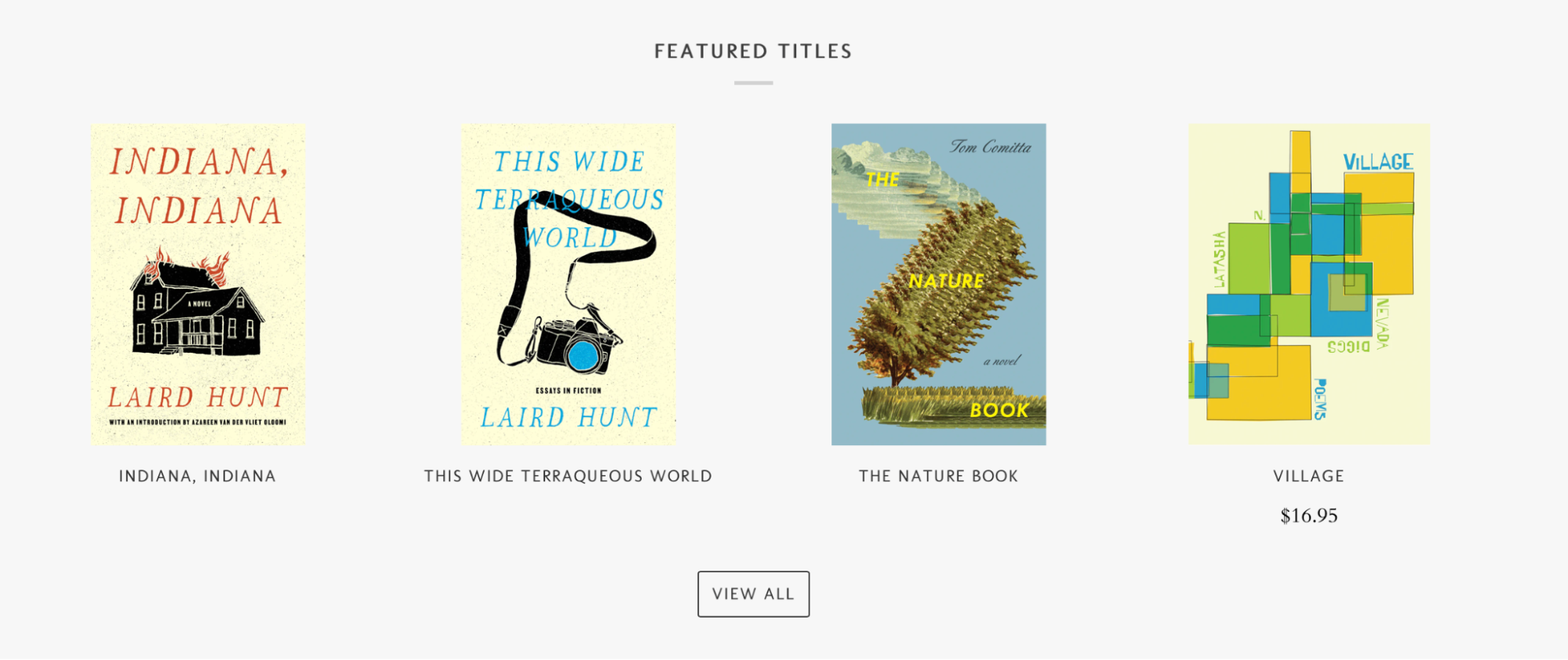
Coffee House Press fosters new environments for artists and audiences to engage. It aims to inspire readers and enhance communities by broadening the understanding of what literature encompasses, its potential impact, and the diverse individuals it represents.
5. Four Way Books
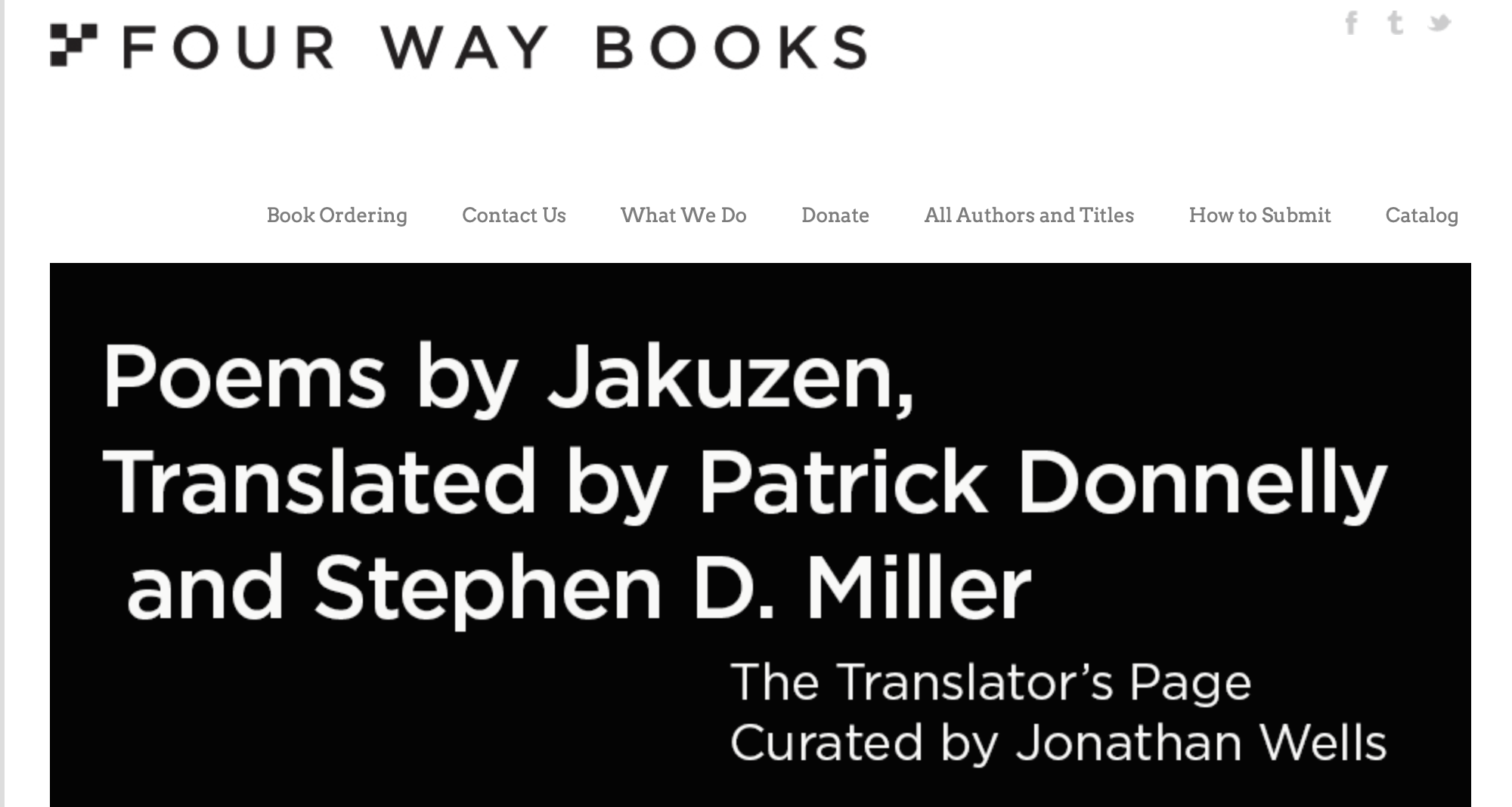
Now in its twenty-eighth year, Four Way Books publishes collections of poetry and short fiction by both emerging and established authors. It publishes between 16 and 18 new titles yearly.
6. Two Dollar Radio
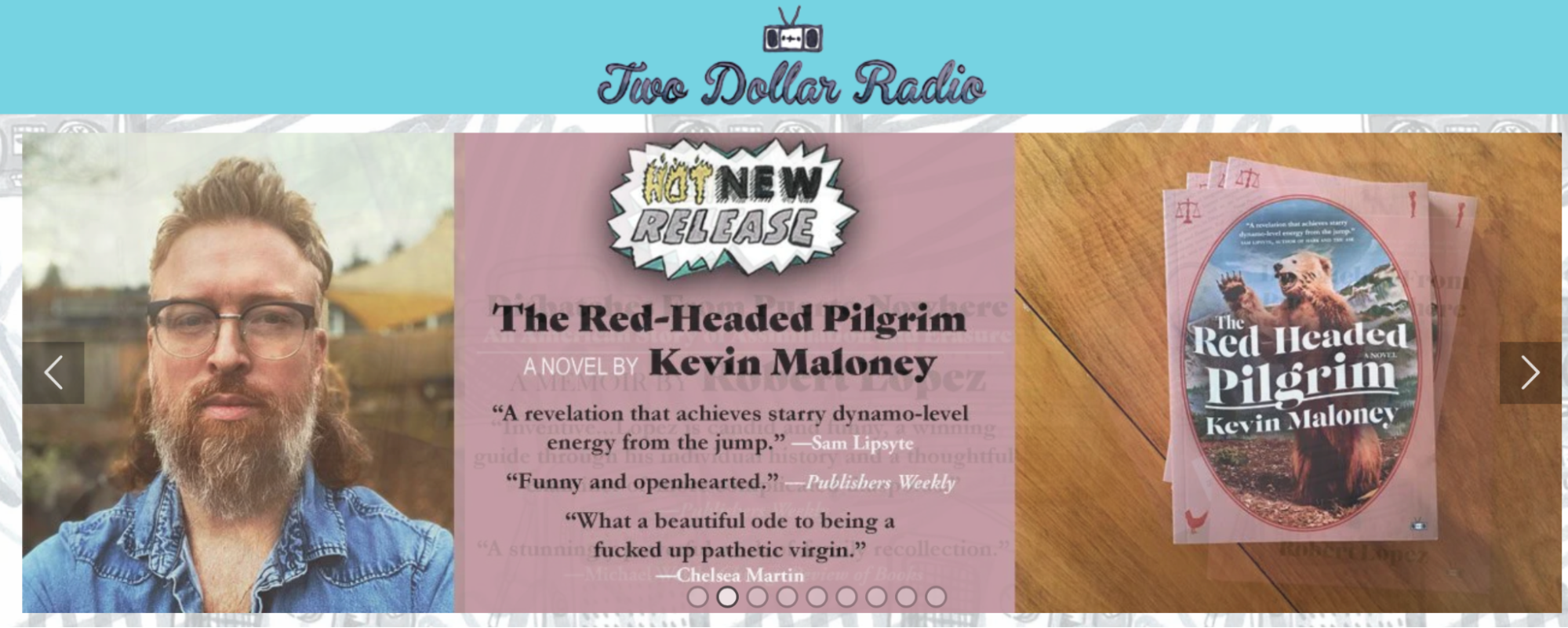
Established in 2005, Two Dollar Radio is a family-operated enterprise with the goal of revitalizing the artistic and cultural essence of the publishing sector. They aim to showcase daring works of notable literary value to create a resounding impact through each book.
B. Self-publishing
If you plan to self-publish, here are some tips for self-publishing an anthology.
- Send out invitations to more writers than you need: An average anthology has around 20 short pieces (if you were wondering how many short stories are in an anthology). When collecting the names and contacts of fellow writer friends, send word about the collection to at least 60. This way, you are sure to collect around 20 short stories.
- Explain the selection process: Mention the timeline of submissions and the process of reviewal. Does a group judge the entries, or are judges explicitly invited for this occasion? Are you handling this part directly?
- Draft contracts for the selected authors: Contracts cover the issues of rights, royalties, fees or expenses, marketing, and author copies. Consider the selection of authors is set in stone only once the contracts are signed.
- Make time for delays in the schedule: As you are collaborating with a high number of writers, there are sure to be people who send their work in late. Be safe and give early deadlines to everyone so there is room for a bit of delay.
- Provide a style guide: Most publishing houses have a style guide to make their books' writing style uniform and easily editable. Your writers may come from different English-writing traditions. So, settle on a style regarding spelling (British or American), capitalization, etc.
- Agree on the length of the stories: If you publish a collection of your own stories, they don't need to have the same length (look at Neil Gaiman's Smoke and Mirrors), though they should be thematically connected. In a multi-author anthology, agreeing on a minimum and maximum length for the stories is ideal.
- Specify expectations of your theme or subgenre: Keeping to the announced theme would be best to avoid negative readers' reviews.
- Leave time for feedback: After you've collected all the stories, don't be afraid to give feedback to your collaborating writers. As the publisher and editor of the anthology, you want to ensure that the readers get a cohesive set of stories. If an account doesn't fit the expectations you've set, feel free to ask your writers for revisions.
- Understand editing takes time: After the initial editing and formatting processes are done, give enough time for all collaborating authors to review the book and provide feedback regarding how the whole volume feels for them. Editing takes place in stages, from text upgrading to catching the last typos before printing or distributing the book. It is essential to prepare review copies after completing the formatting stage and put them to good use. A fresh set of eyes can make a world of difference.
- Have a killer cover design: Your book isn't finished until you have a great cover design. Make one yourself, or ask a professional designer to create one. Since you're working with others, consider sharing the costs. But if you still want to create one for free, there are some tips to consider. Make sure you keep up with the best cover fonts.
- Write an inciting back cover text: The book cover catches the attention, but a good blurb goes a long way. The text may be small, but it carries a lot of significance for readers. And it sells the book.
Book aggregators such as PublishDrive provide ebook publishing services to support authors during their self-publishing journey. Authors can publish and distribute their books worldwide while using the marketing resources offered by the platform to boost their books' visibility and success.
Streamlined processes, such as those offered by PublishDrive, mean more time for authors to do their work without worrying about technicalities while maintaining total control over publishing and distribution.
💡Read about how to self-publish a book with PublishDrive in this article.
Tips for Promoting an Anthology
Smashing texts, killer cover design, and inciting back cover texts are just part of the marketing golden ratio. Keep in mind the target is reaching a wider audience, which is best achieved with a well-rounded marketing approach to maximize visibility and success. Discoverability is, in this stage, the word of the day.
Here's what you can do:
- Begin by identifying your target audience and tailoring promotional efforts accordingly. Collaborate with contributing authors, and leverage their platforms and networks to amplify the anthology's exposure.
- Use social media and other online channels to create buzz and engage potential readers through teasers, author interviews, and exclusive content previews. There are hundreds of writing groups on different social media platforms (Facebook, Twitter, and Goodreads, to name a few). Your collaborating authors likely have hundreds of connections in other writing groups. Ensure that everyone gives a shout-out about the book.
- Consider partnering with bookstores, libraries, and literary events for in-person promotions, such as readings, signings, and panel discussions. For this, you will need author copies that you can distribute to brick-and-mortar stores. Additionally, submit the anthology for relevant awards and literary competitions to garner further recognition and credibility.
- Don't forget to reach out to book bloggers, podcasters, and influencers for reviews and endorsements, as their testimonials can significantly influence potential readers.
- Give away a sample story before releasing the anthology. A few months before releasing the anthology, you can agree on which stories you will make available to generate buzz.
- Send out advance reader copies. Having reviews at the time of the release is the most important tool to drive sales for any book. Fortunately, as many authors have newsletter subscribers and connections, it's a lot easier to collect reviewers for an anthology than most novels. Make sure that every one of the contributing authors sends out free books to their subscribers so you can have tons of reviews on the big day.
- Set up pre-orders as soon as the title is announced. This small detail helps titles reach the bestselling lists directly on launch day.
How to Promote Your Anthology with PublishDrive
PublishDrive has partnered with popular stores and other book promotion websites, such as Written Word Media, to offer book promotional opportunities. Besides these, the platform also has several built-in features and tools that create a perfect book network for authors and publishers. This means they can publish, distribute and advertise their books from one single platform.
The first step to tap into this book network is self-publishing your anthology with PublishDrive. Then, head to the platform’s dashboard and look for the Promotions tab.
You can choose from Paid promotions and Advanced promotions.
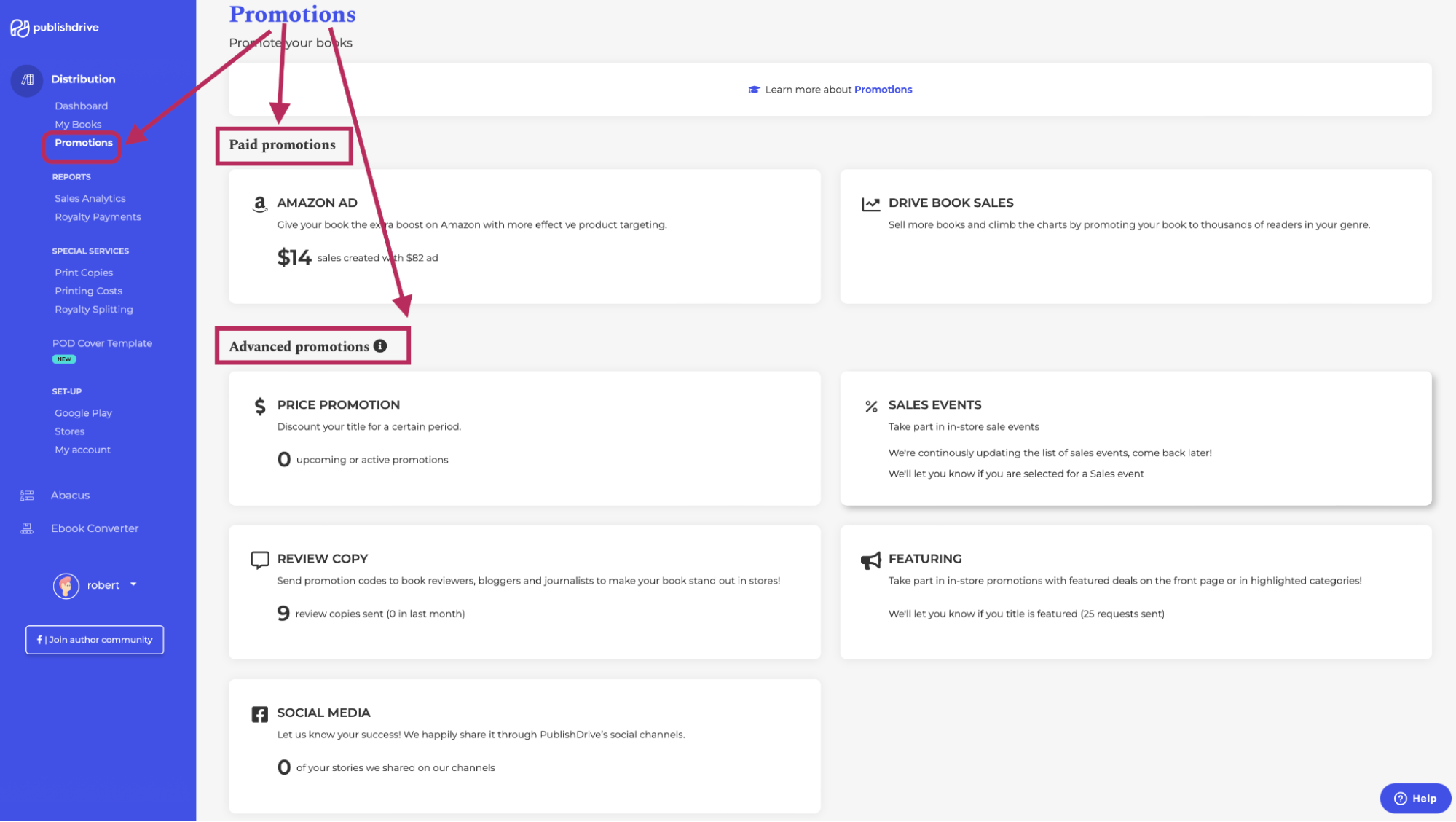
Paid promotions
1. Amazon Ads
PublishDrive has an integrated marketing tool that helps authors run Amazon's Sponsored Products ads directly from the platform. This tool uses AI to pinpoint the most suitable products to target and assists in optimizing your ads with the following options:
- Automatic targeting: Amazon matches the ad with relevant keywords and products that are similar to your book.
- Manual keyword targeting: You can choose the keywords you want to target.
- Product targeting: You can target specific products to refine your campaign.
- Negative keywords: You can exclude keywords to prevent irrelevant traffic from driving up costs.
2. Drive Book Sales (partnership with Written Word Media)
Using this book marketing hub, authors can market their books on several book promotion websites, such as:
- Freebooksy, for titles that are always free or for a limited period;
- Bargain Booksy, for titles priced at $3.99 or less;
- Red Feather Romance, for titles that are free of $4.99 and below;
- NewInBooks, for recent titles published less than six months before promotion.
Prices start at $25, depending on the intended audience reach. Once you choose the most appropriate channel for your promotion, you will be redirected to Written Word Media to enter your book information.
Advanced promotions
1. Price promotions
Lower prices are sought out by readers everywhere. If you want to run a price promotion with major retailers, all you need to do is select the title you want to discount, then provide the start and end date of the promotion and the new price. To make this work, you need to make sure your title is already distributed on the platform where you want to discount it.
2. Review copies
You can send review copies in Apple Books and Google Play to reviewers using promotional codes. Rest assured that the copies are available for 28 days without the possibility of being forwarded or copied.
3. Featuring
You can submit your book to be featured in popular newsletters by clicking Featuring > Select a Campaign. You just need to make sure your title is already distributed in the store of choice.
4. Store-specific featuring
PublishDrive authors can access store specific featuring based on certain criteria. All you need to do is subscribe to our newsletter and look for emails from our PublishDrive merchandiser, Fruzina Sugar, in your inbox.
5. Social media featuring
PublishDrive is happy to share authors’ success stories with an increasing community of writers and publishers on social media channels.
Anthology Royalty Splitting: How Does it Work?
Success in self-publishing needs keeping up with trends, implementing strong marketing strategies, and frequently releasing new works. Co-authoring offers a solution to meet these demands without experiencing burnout. This is why numerous authors choose to collaborate.
As a co-author, you can write a book or share a common universe with other writers. The growing popularity of anthologies and box sets has led to an increasing demand for royalty management software tailored for publishers, ensuring smooth and efficient collaboration among authors.
Meet Abacus
Abacus is a cloud-based royalty management tool that allows both indie authors and publishers to manage their publishing royalties and related book-selling finance. Dealing with contributors participating in the book project is no longer a stressful business but a transparent data-sharing collaboration that leaves all parties on the best terms.
Here is how it works:
- Import files: use the drag-and-drop function to import your Prior Months' Royalties Report. Once the import based on sales is ready, select the titles and months you want to include in the royalty report.
- Add contributors: allocate contributors to the title. To include a new contributor, select the drop-down field labeled Assign contributor to this title. Insert their name, royalty percentage, email address, and role (author, editor, or illustrator).
- Preview relevant details: preview your author royalty report before proceeding to the import summary.
- Review the import summary: in this section, you will see a summary of the data for books sold during a specific timeframe. If all the details appear accurate, click Finish. If adjustments to your royalty report are necessary, click Previous Step. After completing the import process, you can extend invitations to contributors and access reports on the payment division.
💡Read everything about royalty splitting in this article.
Why Abacus?
Simply put, Abacus is a stress-free, streamlined royalties management system.
- Add any number of team members for each title and calculate co-author royalties for print-on-demand, ebooks, and audiobooks.
- Calculate and divide royalties earned from all major retailers such as Amazon KDP, Apple Books, Google Play Books, Kobo, and Barnes & Noble.
- Produce comprehensive sales reports for all team members. Note that contributors can only view their portion of the royalties.
- Monitor the payment status of your co-authors or contributors in the Payments section.
- Maintain open communication using the integrated message board by going to My Shared Titles or Titles Shared With Me > selecting the desired title > clicking See Report and scrolling to the bottom of the page.
- Update contributor information after the initial import process and add end dates to team contracts.
⚡See our case study on how Abacus helped bestselling authors with their royalty-splitting process.
So, why wait?
Publishing an anthology can be an incredibly rewarding experience that brings together the talents of multiple authors and offers a diverse collection of stories for readers to enjoy.
Authors can navigate the challenges of creating a successful anthology with careful planning, collaboration, and attention to detail.
One crucial aspect to consider is managing and splitting royalties among the contributors. Fortunately, there is Abacus, a royalty management system that alleviates this stress, allowing authors to focus on their creative work while ensuring fair compensation for all involved.
By leveraging these tools and the tips and guidelines mentioned throughout the article, authors can make the most of their anthology-publishing journey and create a memorable and successful collection.
It’s free to publish your 1st ebook on PublishDrive. Or try out a paid plan and get your money back if you’re not satisfied.